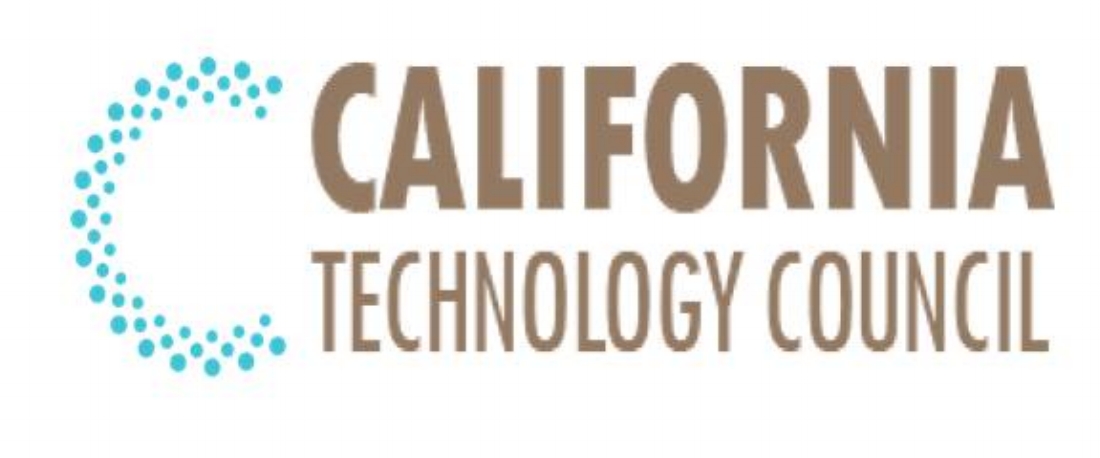Guest Blog by Ivan Koon
With all the hype of K12 EdTech venture investments in the last couple of years, why have we not seen any crazy, billion-dollar venture valuations of young startup companies or acquisitions by major technology behemoths?
Based on recent K12 EdTech venture investment reports, you might even think that some K12 EdTech entrepreneurs and their startup companies must be flooded with cash and the founders were rewarded by selling their stock to very excited venture capitalists who just could not wait to buy into more K12 EdTech positions.
Reality is so far from this hype, drummed up by people who must not have spent any time building, marketing and selling K12 EdTech products. Had you spent any time in K12 EdTech startup companies, you would quickly see that K12 EdTech is a non-robust market that has not been able to attract growth funds to consistently invest in the market.
Why is the K12 EdTech market non-robust?
In K12 EdTech, the “actors” are students, teachers, parents, and school and disctrict administrators. Most of the K12 EdTech products we have heard of lately are targeted at the students or teachers as the users. It makes sense that the focus is on students and teachers, as we want to improve students’ performance and teachers’ efficiency. There was an approach to back-office products some years ago but none that I know have gotten much adoption.
Startup companies are well prepared to build great products and services for students and teachers. There are some well-known K12 EdTech adoption successes in the market. The challenge is not so much getting adoption from students and teachers. The challenge is getting paid for these products and services.
Who will pay for K12 EdTech products and services?
For K12, students don’t pay. K12 teachers usually spend about $450 per year on discretionary spending but most of those dollars go to classroom supplies. Teachers’ buying power will not be enough to fuel any meaningful K12 EdTech growth. Some small number of parents will buy online tutorial services for their children. But very few parents will consistently purchase online K12 EdTech services. Past performance indicates that parents may buy new services, but they usually buy a service for maybe one or two semesters. That is, the number of parents buying K12 EdTech services is small and they churn quickly. K12 schools and districts are the meaningful buyers. However, each K12 school has very limited budget to be spent on technology and new and/or unproven technology will have a hard time getting any meaningful adoption approved by K12 school administrators. The only realistic potential buyers in K12 are the 14,000 school districts.
Unfortunately, K12 school district administrators are notoriously bad with their technology procurement process. Here is a great article that clearly denotes why K12 school district administrators are doing such a bad job in technology procurement https://www.edsurge.com/n/2013-10-08-why-schools-make-bad-buying-decisions . They are out of touch with technology and yet not seeking the right kind of help. There is no Gartner Group for the education market. Districts don’t know tech trends. There is no Magic Quadrant for them to see who are the visionaries and who are the leaders in EdTech. They buy “brand,” which means they buy what was known to them 20 years ago.
In a nutshell, if you were a K12 EdTech startup trying to sell to K12 school districts, you are out of luck. Your sales cycles will be long; 10, 12 to 18 months long with an expensive, high-touch, direct sales model. Since K12 school districts have no successful buying consortium and they don’t have Gartner-like experts to go to, each one of the 14,000 school districts makes their own decisions. EdTech startup companies have to sell to each and every one of the 14,000 school districts, one at a time, without much leverage across districts. Sales growth in K12 EdTech startup companies is very hard to come by.
That is why K12 EdTech companies are seeing a shortage in growth-stage funding. There seems to be enough excitement in seed and even series A stages of funding. But as K12 EdTech startup companies are not able to show sales growth due to the K12 school districts’ broken procurement process, startup companies are struggling to get growth-stage funding. As this article http://www.newschools.org/blog/closer-look-2013 shows, EdTech companies are struggling to get funding in Series B and beyond.
Join the California Technology Council on Friday, September 12th for our 2014 EdTech Summit, as we discuss these challenges in the EdTech marketplace and much more. For information, click here.

